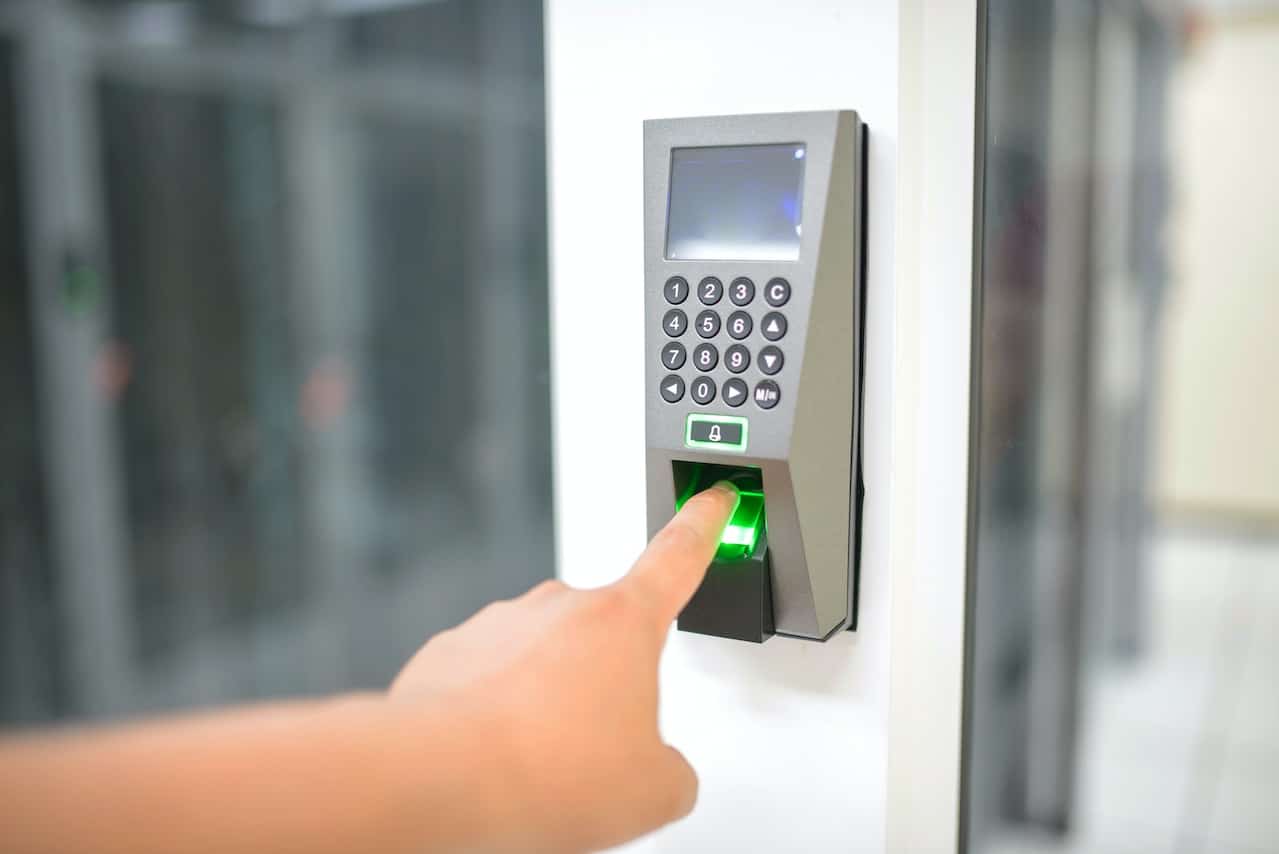The integration of biometric technologies into consumer electronics has revolutionized user authentication, enhancing security and convenience across various devices. This article delves into the current landscape, growth drivers, and future prospects of the consumer electronics biometric market.
Market Overview
As of 2025, the global consumer electronics biometric market is valued at approximately USD 49.01 billion and is projected to reach USD 160.50 billion by 2034, exhibiting a compound annual growth rate (CAGR) of 14.09% during the forecast period.
Key Drivers of Market Growth
- Rising Security Concerns: The increasing prevalence of cyber fraud and data breaches has heightened the demand for robust security measures in consumer electronics. Biometric authentication offers a reliable solution by providing unique, user-specific security features.
- Technological Advancements: Continuous innovations in biometric technologies, such as fingerprint recognition, facial recognition, and iris scanning, have improved accuracy and user experience, fostering wider adoption in consumer devices.
- Proliferation of Smart Devices: The expanding market for smartphones, wearables, and other smart gadgets has significantly contributed to the integration of biometric systems, enhancing device security and user convenience.
- Regulatory Compliance: Government regulations mandating enhanced security features in electronic devices have propelled manufacturers to incorporate biometric authentication mechanisms.
Market Segmentation
- By Technology:
- Fingerprint Recognition: Dominated the market in 2024 due to its widespread adoption in smartphones and laptops.
- Facial Recognition: Gaining traction with advancements in camera and sensor technologies.
- Iris Recognition: Expected to witness significant growth owing to its high accuracy and security levels.
- By Security Level:
- Single-Factor Authentication: Currently holds a substantial market share; however,
- Multi-Factor Authentication: Anticipated to grow remarkably as it offers enhanced security by combining multiple biometric modalities.
- By Application:
- Smartphones: Accounted for 46% of the market share in 2024, being the primary device for biometric integration.
- Wearables: Projected to exhibit notable growth with the increasing popularity of smartwatches and fitness trackers.
- By End User:
- Consumer Segment: Held 61% of the market share in 2024, driven by individual users seeking enhanced security features.
- Business Segment: Expected to experience substantial growth as enterprises adopt biometric systems for secure access and authentication.
Regional Insights
- North America: Led the global market with a 39% share in 2024, attributed to high disposable incomes, technological advancements, and early adoption of biometric technologies.
- Europe: Anticipated to witness significant growth due to stringent data protection regulations and increasing demand for secure authentication methods.
- Asia-Pacific: Expected to be the fastest-growing region, driven by rapid industrialization, increasing smartphone penetration, and supportive government initiatives promoting digital security.
Challenges and Considerations
- Privacy Concerns: The collection and storage of biometric data raise privacy issues, necessitating robust data protection measures to gain user trust.
- High Implementation Costs: The initial investment required for integrating biometric systems can be a barrier, particularly for small and medium-sized enterprises.
- Technological Limitations: Factors such as environmental conditions and physical changes can affect the accuracy and reliability of biometric systems.
Future Outlook
The consumer electronics biometric market is poised for substantial growth, driven by technological advancements, increasing security concerns, and the proliferation of smart devices. Manufacturers are expected to focus on developing more sophisticated, user-friendly, and cost-effective biometric solutions to cater to the evolving demands of consumers and businesses alike.
In conclusion, the integration of biometric technologies into consumer electronics is set to redefine user authentication, offering enhanced security and convenience. Stakeholders in this market must navigate challenges related to privacy, cost, and technology to fully capitalize on the opportunities presented by this burgeoning industry.


